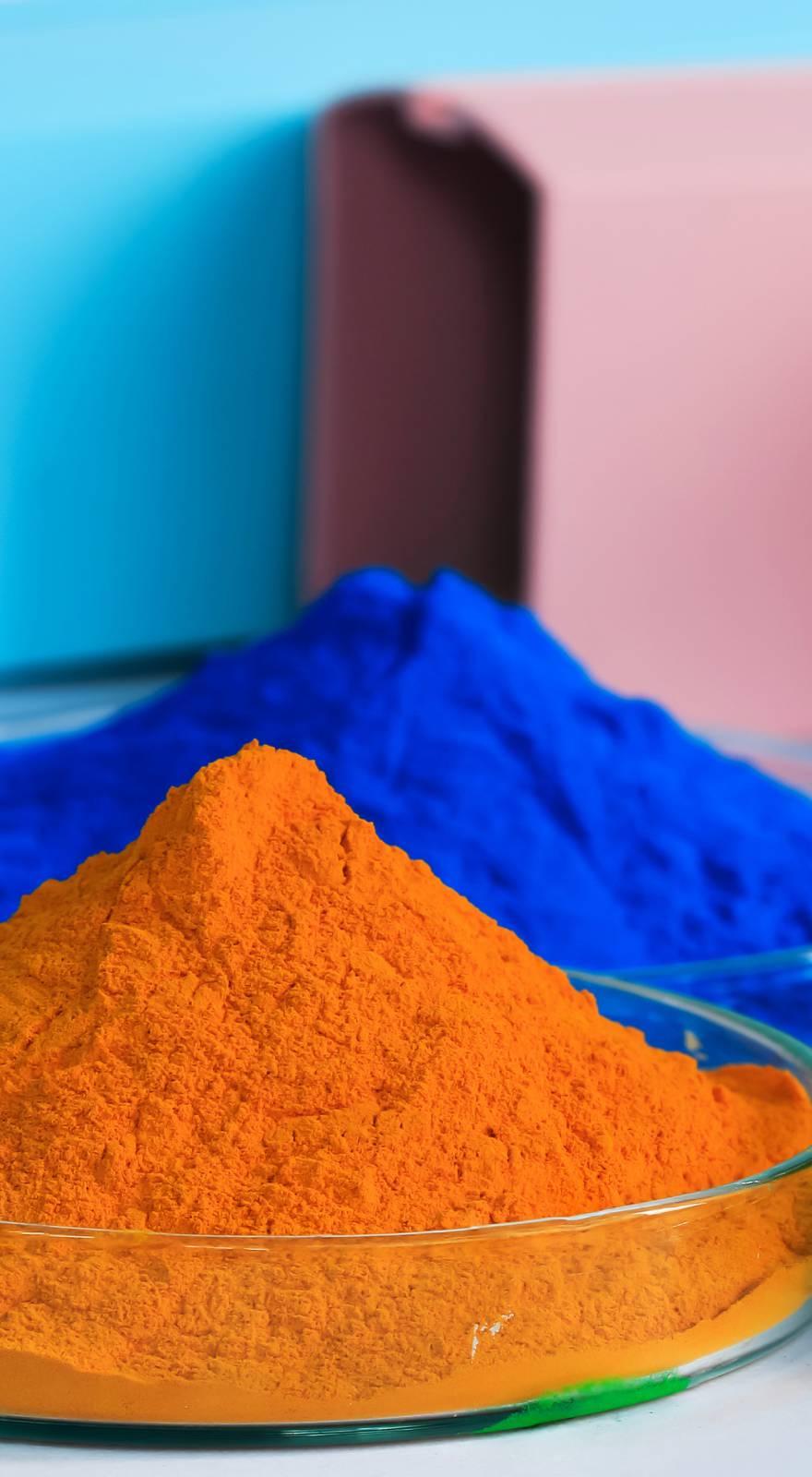Knowde Enhanced TDS
Identification & Functionality
- Product Type
- Technologies
- Composition
A mixture of organic polymers and resins dissolved in an organic solvent system.
Features & Benefits
- Ready-to-Use Product Features
Applications & Uses
- Markets
- Application Method
- Compatible Substrates & Surfaces
- Diluents
Toluene, glycol ether solvents, isopropanol
- Metal Surface Preparation
To ensure consistent bonding results, metal surfaces must be thoroughly cleaned prior to application of the adhesive. Protective oils, cutting oils, greases, etc. are removed by solvent degreasing or alkaline cleaning. Rust, scale or tightly adherent oxide coatings are removed by suitable mechanical or chemical methods.
Grit blasting is the most widely used method of mechanical cleaning, but machining, grinding or wire brushing may be used. Steel grit is used for blast cleaning of steel, cast iron, or other ferrous metals. Aluminum oxide, sand or other non-ferrous grit is used for blast cleaning of stainless steel, aluminum, brass, zinc or other non-ferrous metals.
Chemical cleaning or pretreatment of the metal will remove rust, scale or tightly adherent oxide coating. Chemical treatments are readily adapted to automated metal treatment and adhesive application lines. Chemical treatments are also used on metal parts that would be distorted by blast cleaning or in cases where tight size tolerances must be maintained. Phosphatizing is a commonly used chemical treatment for steel, while chromate conversion coating is commonly used for aluminum.
- Application
ADH 1001 is a solution; agitation is required prior to use within a one hour period. ADH 1001 may be applied to the cleaned substrate by brushing, sipping, spraying, roller coating, or any other method that gives uniform coating and avoids excessive runs or tears. Proper dilution for the various application methods is best achieved by experience. ADH 1001 is normally used full strength for brush, dip and roller application. For spray application, dilution of 50 to 100 percent by volume is suggested using (1) a 1:1 solvent blend (by volume) of isopropanol and toluene or (2) glycol ether type solvents. The dry film thickness should be in the range of 0.5 to 1 mil for best results. ADH 1001 adhesive dries to a clear, soft, non-tacky film in a short time but at least 60 minutes drying at 77 Deg F should be allowed for complete solvent evaporation prior to the bonding operation. The adhesive film may be force dried at higher temperatures for shorter periods of time. Drying for 15 minutes at 200 Deg F has no harmful effect on adhesion.
- Processing
Any of the molding processes normally used with heat vulcanizing urethane elastomers can be used with ADH 1001. The cure time and temperature for bonding is the same as that required to vulcanize the urethane compound being molded. However, best results are obtained with curing temperatures above 125 Deg F. An exception is when ADH 1001 is used as primer for two part urethane coatings where adhesion develops in 24 hours at 77 Deg F.
Typical Test Results (Per ASTM D249-B)Castable Urethane Stock PLI kN/m % Urethane RetentionURS 2490 (90A Ether) 189 33.2 100 URS 2806 (86A Ester) 154 27 100 URS 2555 (55D Ether) 293 51.4 95
Properties
- Soluble in
- Toluene, isopropanol, ethanol
- Specifications
- Note
*Data is typical and not to be used for specification purposes.
| Value | Units | Test Method / Conditions | |
| Viscosity (77°F) | 750 - 1050 | cps | — |
| Nonvolatile Content Weight | 18 - 21 | % | — |
| Nonvolatile Content Volume * | 0.165 | — | — |
| Coverage * (One Dry) | 265.0 | sq. ft./gallon | — |
| Weight/Gallon | 7.9 - 8.3 | lbs. | — |
| Flash Point (Pensky-Martens Closed Cup) | 36.0 | °F | — |
Storage & Handling
- Handling
The bonding operation can take place as soon as the adhesive has dried or coated parts may be stored up to one month before bonding if protected from contamination and excessive humidity. Large metal parts may be pre-heated up to 30 minutes at 250 Deg F or 10 hours at 150 Deg F without affecting adhesion.
- Storage
Systems should be stored unopened in air tight containers at 60 - 80 degrees F.
- Shelf Life
Shelf life from date of shipment, unopened container, 70-80 Deg F storage, 6 months.

